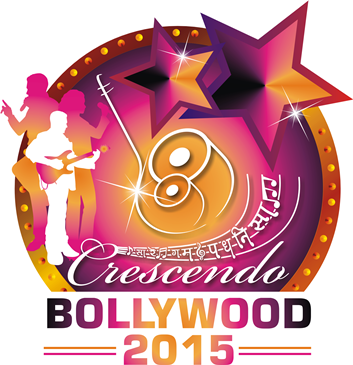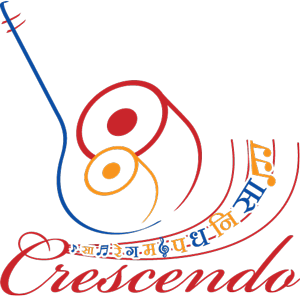| Sitar | |
|---|---|
| Picture | Please login to view this information |
| Instrument Type | String |
| Description | The Sitar is a plucked string instrument. It is a very well known solo concert instrument because of the richness of tone and technical possibilities. The Sitar has attained international repute because of maestros like Pt Ravi Shankar. It has also been very widely used in Indian Film music and light music by many music composers and arrangers for many decades now. The Basic Construction: The Sitar has as its main resonator a dried and hollowed gourd, Tumba. The open portion of this Tumba is covered by a thin wood plate Tabli. The Tumba is joined to the stem, Dandi by a small wooden neck called Gulli. The Dandi is a rounded piece of oblong wood again covered on the front by a thin wooden plate. This is the fingerboard. The Dandi functions as a column resonator. Another smaller gourd maybe attached at the backside on the other end of the stem for additional resonance and balance. The main tuning pegs are located on the top area in the front and on the sides.
The Dandi, fingerboard or fret board has elliptically shaped metal frets that stand above the fret board. The frets, Pardah are tied by special knots to the fingerboard from the underside. They determine the note positions. There can be 16 to 25 frets. But usually there are 19. These are tied in such a way that they remain fixed but at the same time can be moved as the need arises to change the notes. The 24 fret Sitar is Achal Thaat which means the frets are tuned at a half scale distance starting from Teevra Madhyam of the Mandra Saptak to the Shudha Madhyam of the Taar Saptak. The 16 or the 20 fret Sitar is the Chal Thaat where the frets need to be moved in order to get the desired pitches positions. There are two bridges - one on the Tumba, Javari and the other on the top, Aaraa. The strings pass through a wooden plate, Langot, attached to the bottom of the gourd. Small tuning beads are inserted and the strings then pass over the frets, onto the second bridge and are inserted and wound around the tuning pegs. There is another small bridge near the Javari, for passing of Tarab or sympathetic strings. The tuning pegs for these strings are located on the side of the stem. There are 7 main strings. They are all metal and are plucked by a wire plectrum.
Tuning: First string, Baaj ka Taar, tuned to Mandra Madhyam, Second, Joda, tuned to Mandra Shadaj, Third, Laraj tuned to AtiMandra Pancham or Madhyam Fourth, Kharaj tuned to AtiMandra Shadaj Fifth string tuned to Mandra Pancham. Sixth and seventh strings are the Chikari strings also known as Papiha and are tuned to the Madhya Shadja and the Taar Shadja. The 15 sympathetic strings are tuned according to the notes of the Raag to be played or in the general Thaat of the Raag. |
| Exponents | Please login to view this information |
|
|



